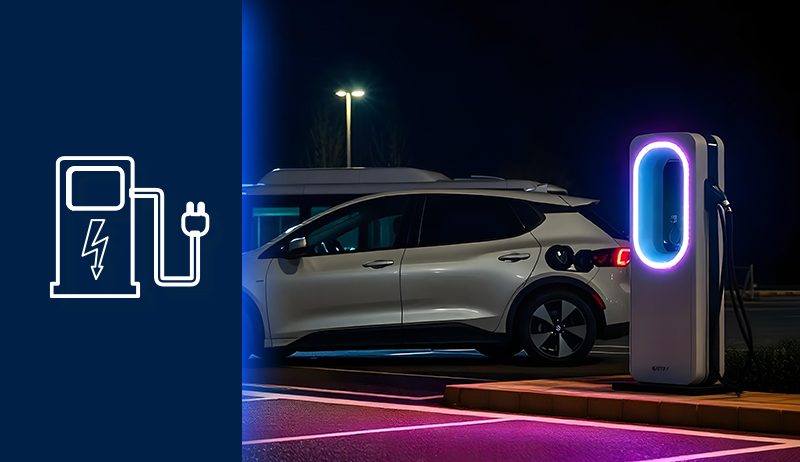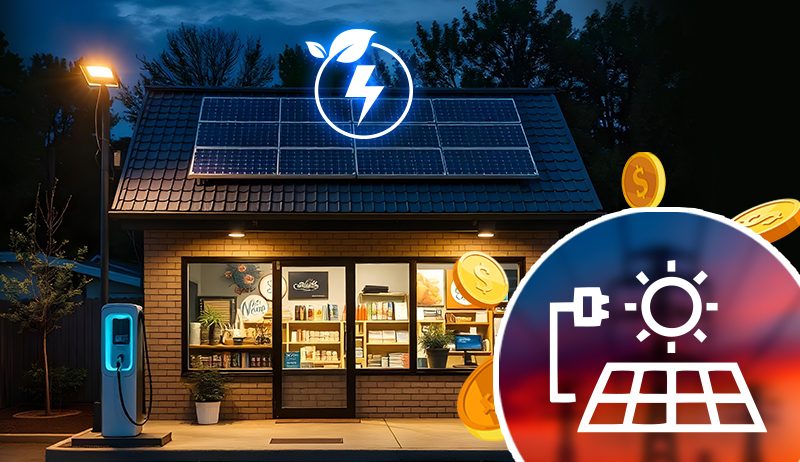The economic benefits of electrification grow stronger, with mounting evidence that it could reduce Australians’ energy bills and accelerate the transition to renewables.
There are many economic benefits of electrification for businesses in Australia. Hence, switching to electric power isn’t just an excellent tech update—it’s something companies need to stay successful in today’s fast-changing world.
Since electricity is essential in modern business, companies need to adapt to keep up. Today, we will look at how going electric changes how businesses operate.
Using electricity is crucial for the future of business. It helps companies run more smoothly and is more environmentally friendly. This shift to electrification isn’t just a short-term trend—it’s a significant change.
It’s a significant transformation in how businesses and people use technology. The benefits of going electric aren’t just about saving money. It also improves people’s perceptions of companies and supports a global movement toward a greener, more electric future.
Let’s discuss how electrification is reshaping the DNA of business operations, with all the benefits.
Electrification 101
What is Electrification?
Why is Electrification Important?
Cleaner Energy: As the world moves towards renewable energy (like solar and wind), electricity is becoming cleaner. Electrification helps reduce pollution and greenhouse gas emissions, contributing to climate change.
Better Efficiency: Electric systems are often more efficient than systems powered by fossil fuels. For example, electric motors use energy more effectively than gas engines.
Cost Savings: With renewable energy sources becoming cheaper, switching to electric systems can lower energy costs in the long run.
Where Do We See Electrification?
Electrification is happening across many areas, such as:
Transportation: Electric cars, buses, trucks, and trains replace vehicles that run on petrol or diesel.
Homes: People are moving from gas-powered heaters and stoves to electric alternatives like heat pumps and induction cooktops.
Industry: Factories use electric machinery and equipment to reduce dependence on gas or oil.
Recharging the Economy| The Impact of Electricity on Economic Development

Electrification is helping to recharge Australia’s economy by creating new opportunities for businesses, industries, and workers.
As more parts of the economy switch to electricity, especially from renewable energy sources like solar and wind, the country is seeing several positive changes.
Firstly, electrification is making energy cheaper. Businesses can save on their energy bills by using electricity generated from renewable sources.
This is particularly true for companies that invest in solar panels or wind turbines, allowing them to produce electricity.
Lower energy costs mean businesses have more money to invest in other areas, such as expanding their operations, hiring more employees, or improving their products.
Secondly, the move towards electrification is creating new jobs. As the demand for electric vehicles, solar panels, wind farms, and battery storage grows, more workers are needed to build, install, and maintain these technologies.
This helps boost employment in industries related to clean energy, providing new career paths for Australians.
Electrification is also attracting investment. Companies and investors are increasingly interested in projects focusing on clean, renewable energy because they see them as the future.
Another impact of electrification is that it helps businesses become more competitive globally.
By reducing their reliance on fossil fuels and lowering their emissions, Australian businesses can meet the growing demand for environmentally friendly products and services.
This can lead to more sales in Australia and overseas as consumers and companies look for sustainable options.
As governments worldwide introduce stricter climate policies and carbon taxes, already electrified businesses will be better prepared to meet these requirements.
This protects them from potential penalties and helps them stay ahead of changes in the global market.
Electrification makes energy more affordable, creates new jobs, attracts investment, and helps businesses stay competitive. These factors are contributing to a stronger and more sustainable economy in Australia.
Economic Benefits of Electrification for Businesses
Lower Energy Costs
Government Rebates and Incentives
Increased Energy Efficiency

Customer Attraction
Reduced Carbon Tax Exposure
Competitive Advantage
Businesses that switch to electrification early can stay ahead of competitors. They can improve their efficiency, save on energy costs, and build a strong green brand that will appeal to customers and investors.
Electrification helps businesses in Australia save money, improve efficiency, and stay competitive while contributing to a cleaner environment.
Capitalising on Energy Efficiency
Electrification can help businesses and the economy in Australia capitalise on energy efficiency in several ways, leading to lower costs, improved productivity, and reduced environmental impact.
When businesses switch to electric systems, they often find that electric motors, vehicles, and heating systems are more energy-efficient than fossil fuels.
For example, electric vehicles (EVs) use less energy to travel the same distance than petrol or diesel cars. Similarly, electric machines in factories can run more smoothly, with less energy loss, than traditional gas-powered ones.
By improving energy efficiency, businesses can significantly reduce their energy consumption, which leads to lower operational costs.
Companies save money on electricity bills when less energy is used to do the same amount of work. This frees up capital that can be reinvested into the business, helping it grow or innovate in other areas.
Electrification also makes integrating renewable energy sources like solar and wind easier, both energy-efficient and cost-effective in the long run.
Businesses can generate their electricity with solar panels, reducing the need to buy power from the grid.
Combining renewable energy and electrification boosts energy efficiency because renewable sources don’t suffer the same energy losses as fossil fuels.
Additionally, businesses adopting more energy-efficient technologies can benefit from government incentives and rebates that promote sustainability and efficiency.
These programs can offset the cost of upgrading to more efficient electric systems, making it more affordable for companies to switch.
Capitalising on energy efficiency through electrification allows businesses to cut costs, reduce waste, and improve competitiveness while contributing to a cleaner, more sustainable economy.
Electrification and Energy Efficiency: A Perfect Pairing

Electrification and energy efficiency is a perfect pairing. By using energy more efficiently and switching to electricity from solar and wind, Australia can reach a net-zero future.
The goal is to help homes, businesses, and industries use less energy while relying on cleaner electricity. This would reduce the need for fossil fuels and reduce harmful emissions.
Energy efficiency is crucial to this process because it helps do the same tasks with less energy. For example, homes with modern energy-saving appliances, like air conditioners and LED lights, use less power but still provide the same comfort.
Better insulation and smarter building designs can also keep homes cooler in summer and warmer in winter without requiring as much heating or cooling. This lowers energy use overall, making it easier to rely on clean energy sources.
Electrification is another crucial step. It means replacing things that run on gas, oil, or coal with electric versions. For instance, using electric heaters and stoves, especially those powered by renewable energy, reduces emissions and is more efficient.
Switching from petrol cars to electric vehicles is another significant change that will help reduce pollution in the transportation sector by making these changes in homes, transport, and industries.
The country is in an excellent position to do this because it has lots of sunshine and wind, making renewable energy easy to access.
Combining energy efficiency with electrification powered by clean energy will help Australia lower its energy use and move closer to its net-zero targets.
The government also supports this transition with policies, rebates, and incentives to help households and businesses switch.
Although the energy industry will face challenges, such as less reliance on gas and more homes generating electricity with solar panels, this shift creates new opportunities.
Companies must innovate to meet the growing demand for electric products and energy-efficient solutions.
This change also opens opportunities for developing new products, expanding renewable energy infrastructure, and offering energy management services to households and businesses.
Want to know more about electric products? Contact Cyanergy or get a free quote.







